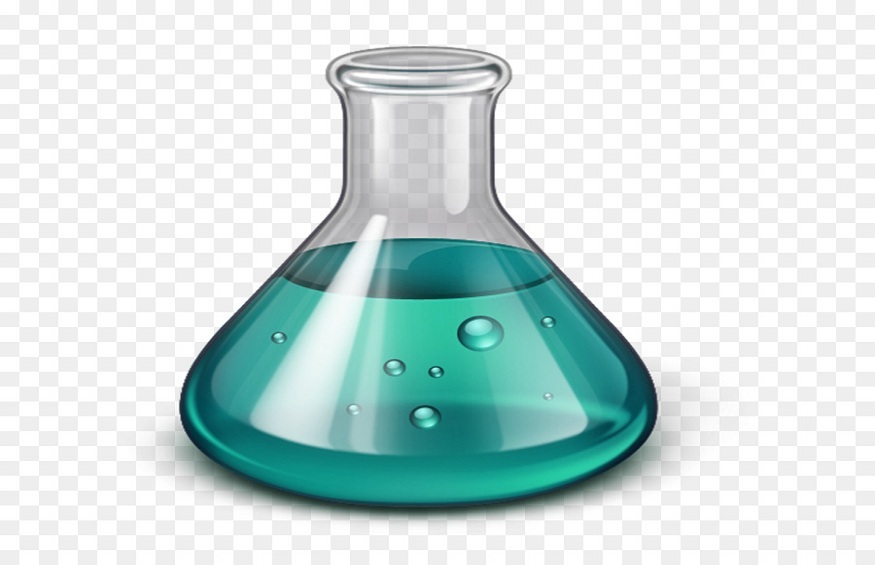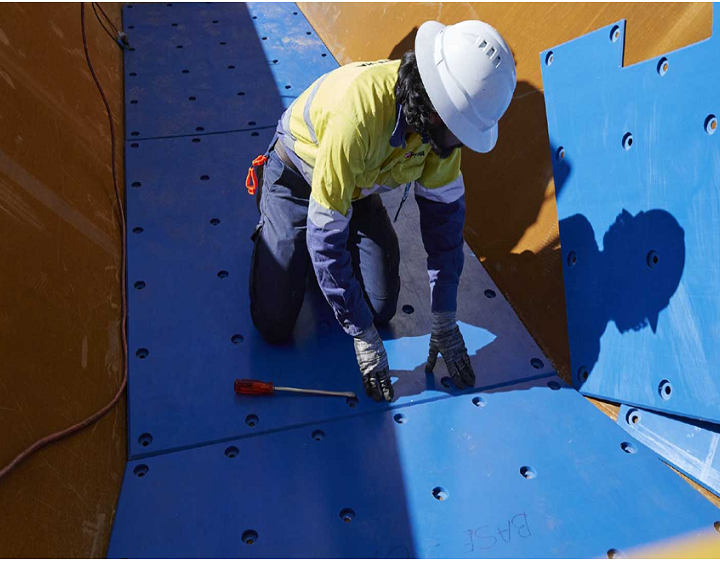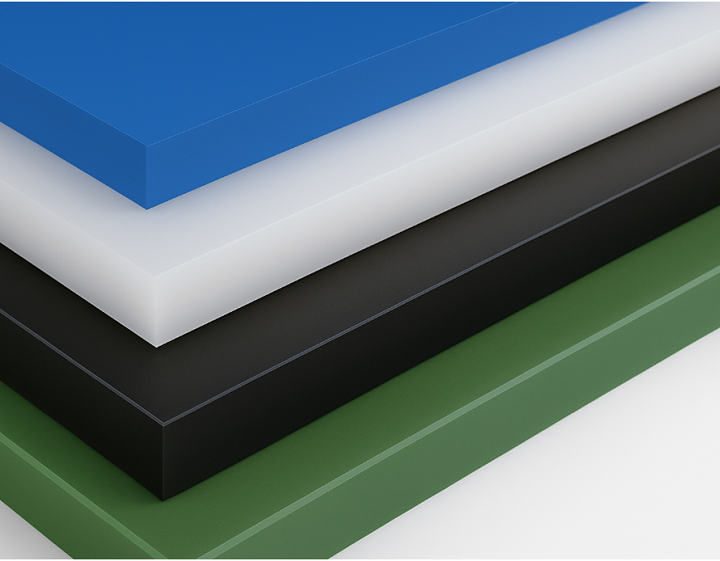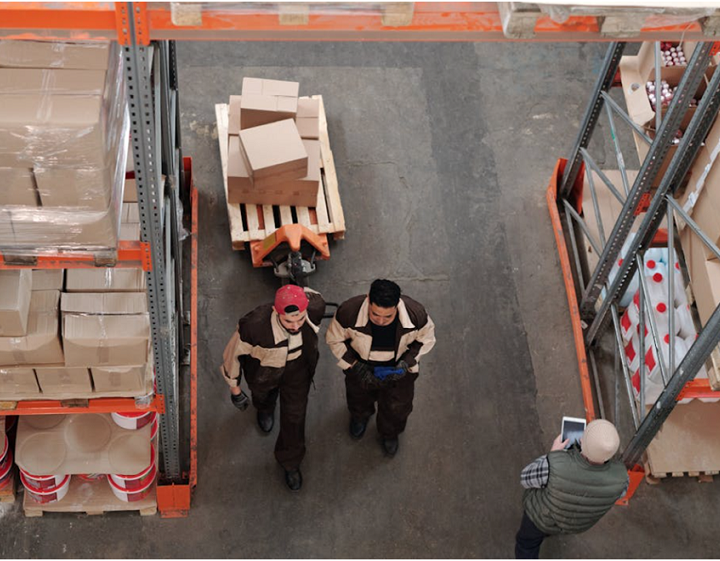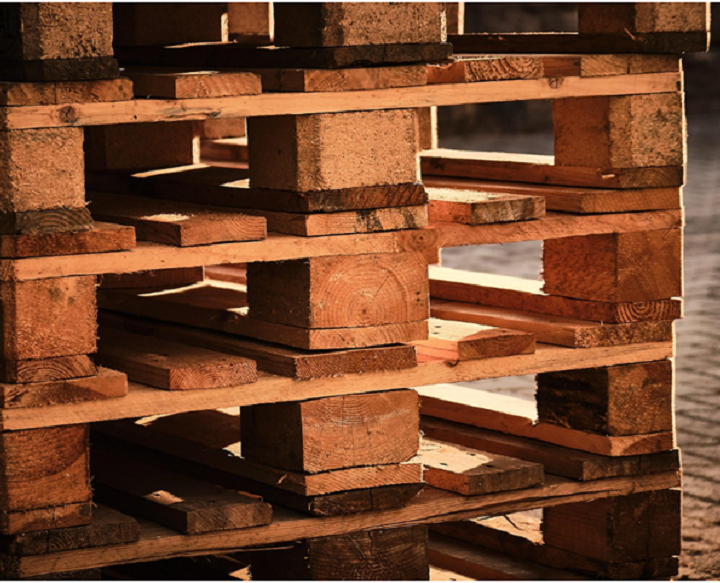The job that both beakers and flasks do in a laboratory is pivotal. And while the public at large may not know nor care about the difference between the two, anyone using them in a professional environment needs to know which is which, what they’re used for, and when to choose the right one for the job at hand. So what is the difference between beakers and flasks
< https://au.rs-online.com/web/c/test-measurement/lab-equipment/jugs-beakers/ > Here’s a guide to help you out.
What You Need To Know
Both are standard laboratory glassware containers, typically used for mixing, heating or transferring chemicals or liquids. The fundamental difference is that a flask is conical and a beaker is cylindrical. Both have a flat bottom while the beaker will also have a lip for pouring liquids. It has a wide mouth and the presence of a spout means that it is more difficult to cover than a flask (which can be securely capped or corked). Unlike a beaker, the sloping walls of a flask makes it easier to swirl the contents which are less likely to spill.
Note: don’t confuse beakers and measuring cylinders. While beakers typically have guides on the outside (flasks do not), they’re not as a precise as those on a measuring cylinder. The margin for error when measuring with a beaker is greater.
Different types of beakers
Low form beakers are sometimes called Griffins and have a typical ratio of 1.4:1 (they’re short and squat). As with any kind of beaker or flask, these come in a variety of sizes and volume capacities. Their universal character makes them one of the most flexible tool and they’re used for various purposes such from preparing solutions, decanting liquids or holding waste product prior to disposal.
Berzelius beakers, also known as the tall form beaker, are at a ratio of 2:1. As the name implies, these are taller than low form beakers.
Flat beakers can be known as Crystallisers because they’re often used to perform that function. They also frequently used when hot bathing.
Different types of flasks
Conical flask
As the name suggests, volumetric flasks help you mark and observe the exact volume of substances, typically when you’re creating a solution of a specific concentration. They are a go-to flask when you’re carrying out an experiment that requires a number of precise measurements.
Round bottom flasks have, unsurprisingly, a round bottom. They are made to spread out the heat during chemical reactions and have a ground glass joint so you can connect other apparatus. They can also be used to store substances.
Similar to round bottom flasks, the Florence flask is distinguished by having a lip and a slightly longer neck than other flasks of a similar volume. Unlike the round bottom, the Florence typically has a flat bottom.
Take a ways
While flasks and beakers do share some characteristics, they’re clearly used in different situations. Both are usually made from glass though sometimes from metal or clear plastic, and most are graduated – meaning they have markings on the side indicating the amount of liquid they contain. Both are used for measuring compounds, conducting experiments and both are essential to running a successful lab. If you’re looking for a range of beakers and other laboratory glassware, check out RS today!
